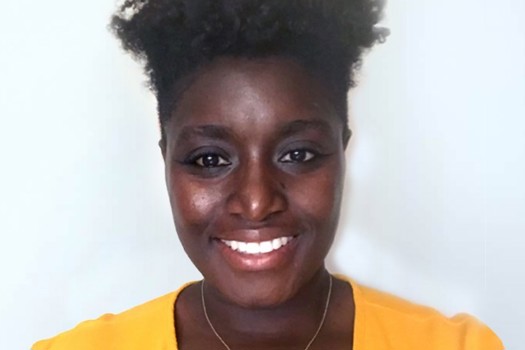2020 was a tough year for everyone, but the one good moment that seemed to come out of it was how people galvanised around the Black Lives Matter movement. Companies dedicated large advertising budgets to sophisticated promotional campaigns trying to convince us they supported the movement.
At work, people demanded better from the companies they worked for. Not better benefits, but real and measurable progress on matters like diversity and inclusion. Employees weren’t going to accept the hypocrisy of their employer, a consumer brand spending millions on advertising about how woke they are when internally nothing changed.
Bias was just not something people were prepared to accept. It seemed like progress was being made at least in the workplace.
Fast forward to early 2021 and things have gotten worse than they were before the movement. What happened to push us so far backwards on all the progress we’d made? Video, and to be specific when it comes to amplifying bias in recruitment - video interviewing.
Right now, video interviewing is seriously taking off as a solution to the challenges of remote recruiting. This isn’t people simply switching to zoom, but rather embracing video platforms where you are interviewed asynchronously, filming yourself answering questions and submitting them without an interviewer there.
Video is such a flawed way of assessing potential candidates. Video invites judgement, it adds stress to the candidate with added pressure around hair and makeup, picking the right fake backdrop (yes, there are hundreds of advice columns on this), and practising and rehearsing your answers until you nail the recording. It turns a simple interview into a small theatre production.
Video excludes people. Not everyone is comfortable on video, most especially introverts, people with autism, and people of colour. These factors do not influence or speak to a person’s ability to do a job, but by using video as part of the interview process they are put at a deep disadvantage. What percentage of people are you excluding just by using video?
We as an industry have to put a stop to this. Already there is growing cynicism when companies talk about ‘improving candidate experience’ because we like to say we care about something that will win us good PR, and do little to hold ourselves accountable to it. We care more about optics than results.
But, you cannot say you care about candidates or diversity and inclusion, and use video platforms to recruit people.
Frustratingly, there is technology that solves for remote, improves the candidate experience and truly reduces bias, and that is text chat. Some of the most sought after companies to work for like Automattic (the makers of Wordpress) have been using it for years.
Chat is how we truly communicate asynchronously. Not video. It needs no acting; we all know how to chat. Empowered by the right AI, text chat can be human and real, it can listen to everyone, it is blind, reduces bias, evens the playing field by giving everyone a fair go and gives them all personalised feedback at scale. It can harness the true power of language to understand the candidate's personality, language skills, critical thinking and much more.
Why are we settling for video when we can actually do more than make empty marketing promises to candidates? Why choose a solution that erodes all the hard gains we’ve made in diversity and inclusion?









